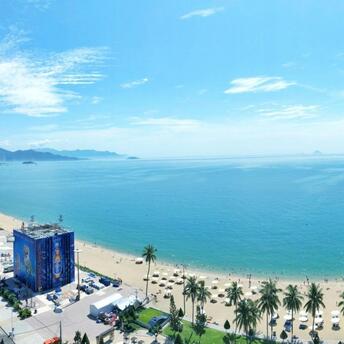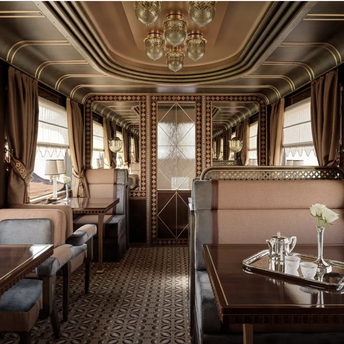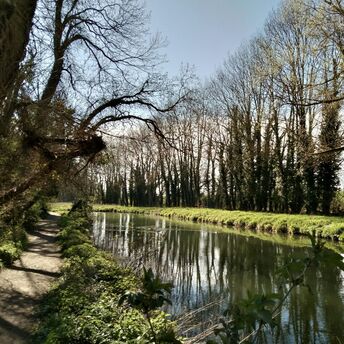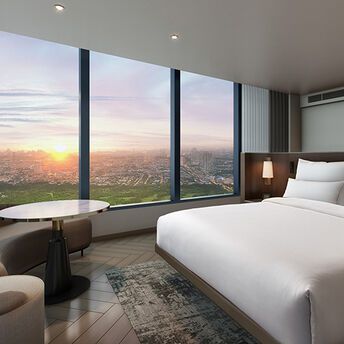Discover Marrakesh: 7 Essential Sites

Marrakesh, a top tourist destination in Morocco, is renowned for its vibrant medina, majestic monuments, and lush oases at the base of the Atlas Mountains. This ancient imperial city bursts with color and culture. Here are seven must-visit sites to explore.
Marrakesh is a city where colors come alive. From the red adobe buildings to the famous blue Majorelle gardens, and the vibrant zelliges on its monuments, it offers a visual feast. Here’s a guide to the essential spots you need to see.
The Jemaa el-Fna square, the heart of the medina, is a dynamic space, buzzing with life. By day, merchants set up their stalls in a seamless ballet. By night, the square transforms into a lively spectacle of storytellers, snake charmers, and Gnaoua musicians, with the aroma of grilled meats filling the air. This UNESCO World Heritage site encapsulates the soul of Marrakesh.
North of the square lies a labyrinth of souks, a sensory overload of traditional Moroccan craftsmanship. Each alleyway specializes in different trades, from Berber rugs to hand-wrought lanterns. Watching craftsmen at work and hunting for treasures is a quintessential Marrakesh experience.
The Koutoubia Mosque, with its 77-meter-high minaret, dominates the cityscape. This 12th-century Almohad masterpiece, adorned with geometric patterns and glazed tiles, reflects Andalusian and Berber influences. Although non-Muslims cannot enter, its exterior and the surrounding gardens offer splendid photo opportunities, especially at sunset.
The medina hosts several grand palaces, such as the Bahia Palace, a 19th-century marvel featuring zellij courtyards, painted wooden ceilings, and lush gardens, offering a glimpse into Moroccan noble life. The El Badi Palace, now in ruins, was once a lavish residence adorned with marble and gold. Its vast courtyards and gardens echo the grandeur of the Saadian dynasty, and it hosts the Festival of Popular Arts every summer, celebrating regional traditions.
The Ben Youssef Medersa, the largest in North Africa, is a stunning example of Islamic architecture. Its intricate stucco and cedar wood carvings, along with a central marble courtyard, showcase Morocco’s rich artistic heritage.
The Majorelle Garden, created by French painter Jacques Majorelle and later restored by Yves Saint Laurent, is an iconic Marrakesh landmark. This year marks its centenary. The garden, painted in the signature Majorelle blue, features exotic plants, remarkable cacti, and a museum dedicated to Berber art with pieces from the Saint Laurent-Bergé collection.
The Marrakesh palm grove, a vast oasis of over 100,000 date palms, spans 13,000 hectares. Established in the 11th century by the Almoravid dynasty, it’s irrigated by an ingenious system of khettaras. Once a royal retreat, it offers breathtaking views of the Atlas Mountains. For a unique experience, explore this area on camelback, a traditional alternative to modern transportation, and appreciate the oasis’s serene beauty despite the pressures of tourism.
Exploring these sites provides a rich and immersive experience, capturing the essence of Marrakesh's historical and cultural wealth.



















